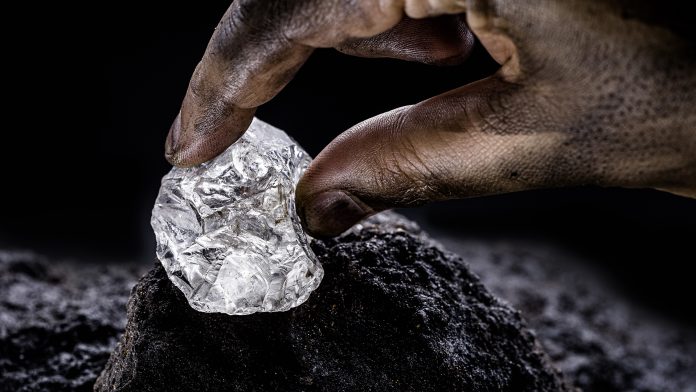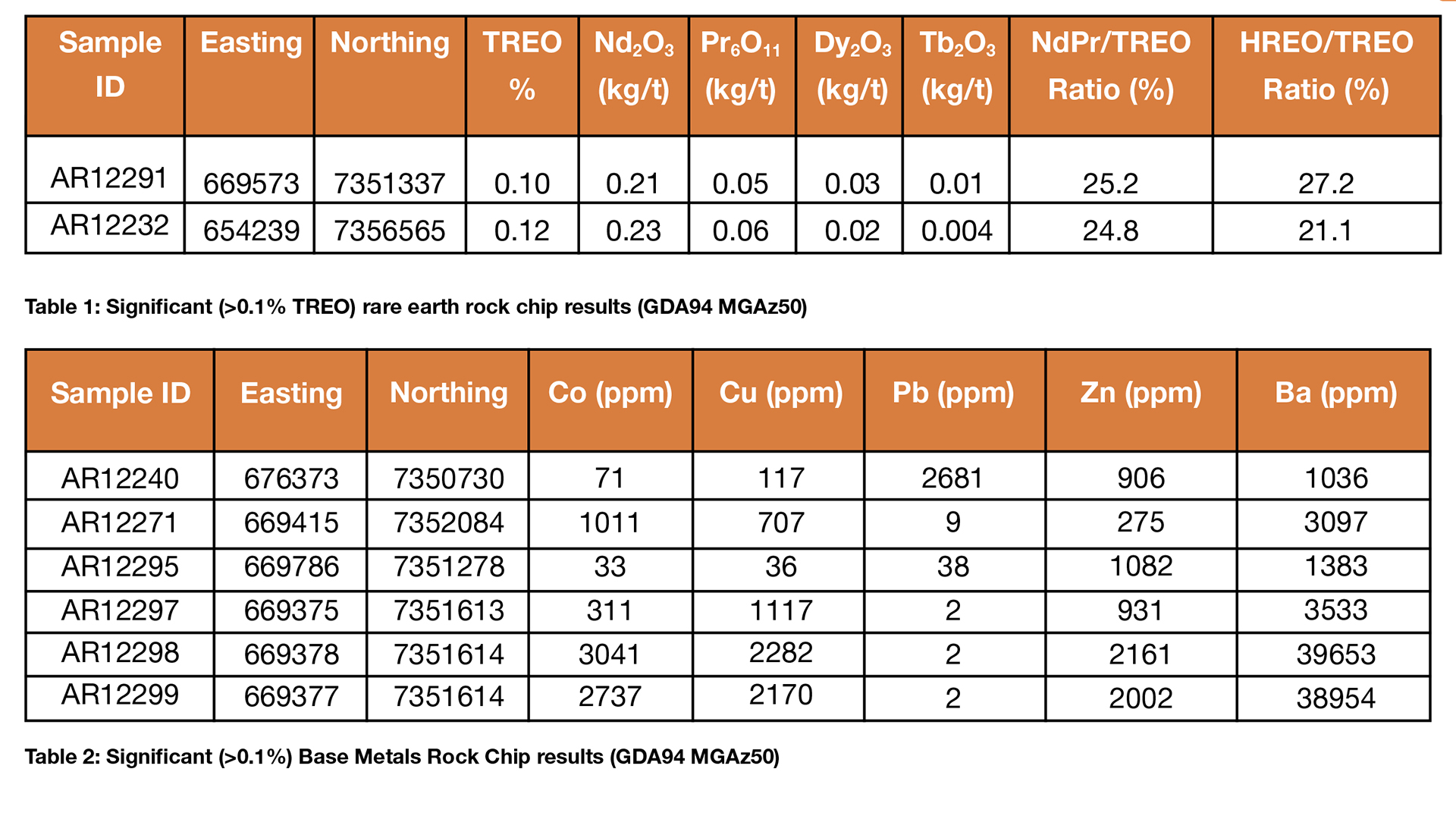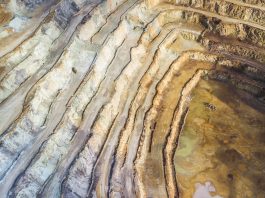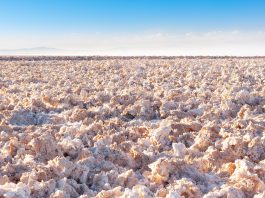Glenn Grayson, Managing Director of mineral exploration company Aruma Resources, details the company’s progress at its critical minerals projects within Western Australia.
Diversification is a word easily associated with Western-Australia-focused mineral exploration play Aruma Resources.
Aruma Resources Ltd is in its 13th year and, until recently, was always a gold explorer. Over the last few years, this has transitioned to include a lithium project at Mt Deans, and more recently is targeting rare earth elements (REEs) and base metals exploration at the Saltwater Project. REEs have recently become critical elements due to the dominance of China in their manufacture, and the demand for use in electric motors and windmills.
Aruma has five projects in total, all within Western Australia. They still have three gold-only projects at Melrose, Salmon Gums, and Carter Well. Its other projects are the Saltwater project in the north that has transitioned into a REE and base metals exploration project, and Mt Deans which is the company’s lithium project in the south of the state.

All five mineral exploration projects are within prospective geology, close to mining infrastructure, and are all within Western Australia.
Mt Deans Lithium Project
The Mt Deans Lithium Project has evolved over the last 90 years from a gold mining project in the Great Depression, to tin mining in the 1960s, and a tantalum project earlier this century. Although there are close to economic grades of the tin and tantalum present in the pegmatites at Mt Deans, it is the lithium mica lepidolite which is the focus of current work at the project.
Mineral exploration and drilling at the end of 2022 were very successful in showing Aruma that we had thick and consistently well-mineralised pegmatites in the project. The style of the pegmatite intrusions makes estimating their location, and in turn, volumes and grades, relatively easy. The pegmatites at Aruma’s Mt Deans project are sheeted. By this, the geologists mean that they are very planar and can be followed along strike and down dip for hundreds of metres.
Of note with the mineralisation at the Mt Deans Lithium Project, the lithium is contained within the mica mineral lepidolite (Fig. 2).
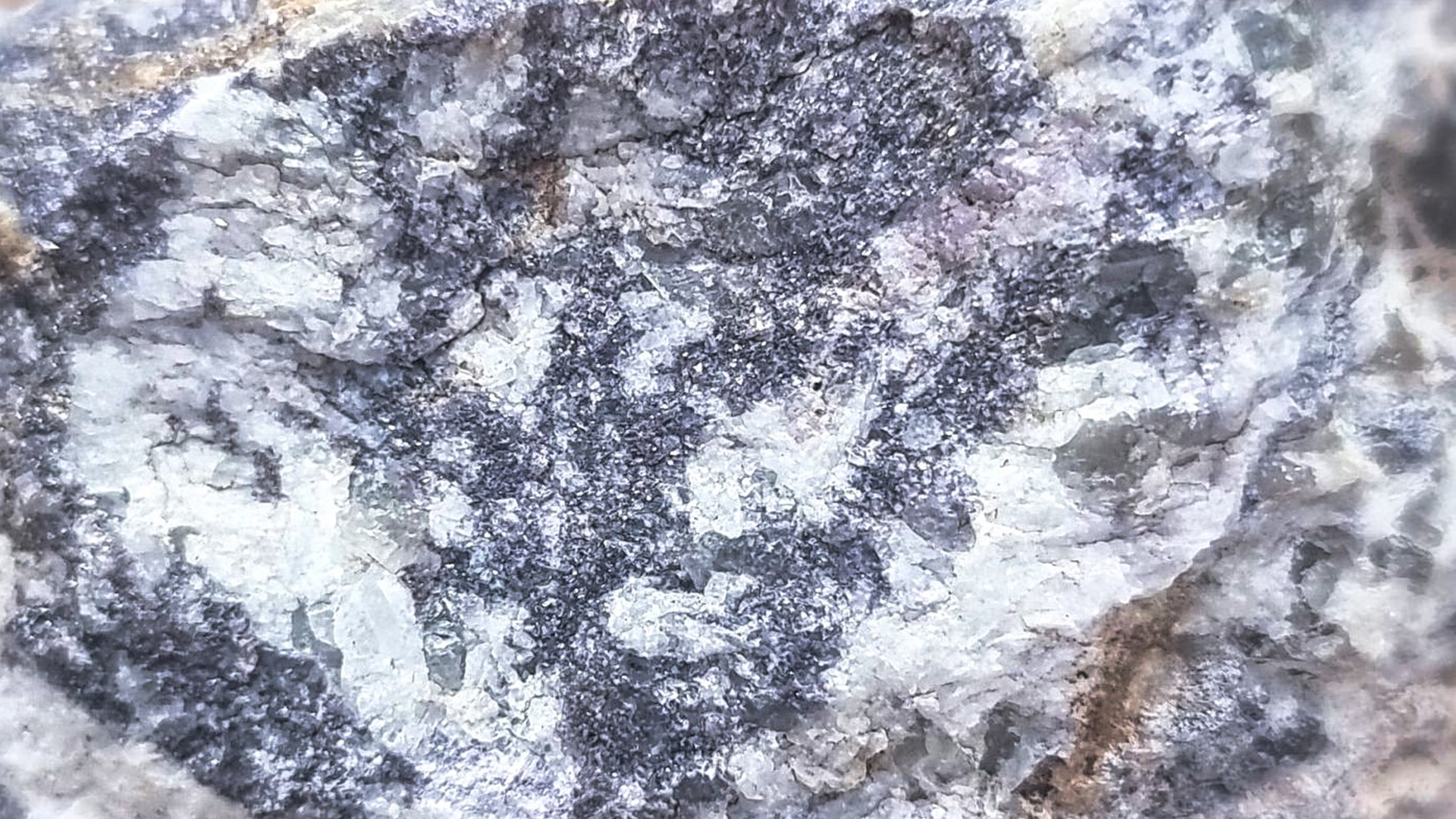
Lepidolite orebodies have been the dirty cousin to spodumene of the hard rock lithium sources over the last few years, but it is very important to realise that more than 22% of the global lithium supply comes from lepidolite as it does from brines. In fact, Chinese lepidolite production has had an annualised growth of over 145% for the past seven years.
The main issue with lepidolite is the perceived environmental impact of the lithium extraction process that has been used in the past, with the roasting requirements and the fluorine, which exists within the mica, having a big environmental impact. New processes are being proven to be much more environmentally friendly, with by-products also becoming value adding. Sulphate roasting is becoming more widespread. Companies such as Lithium Australia have patented processes like the SiLeach® process (Fig. 3), which also has the added benefits of being a low temperature reaction, and the final product being lithium phosphate. Lithium phosphate is direct feed for the production of lithium ferro phosphate (LFP) batteries – the fastest-growing sector of the lithium-ion battery industry.

Mt Deans ore also contains several other elements at economic grades. Along with the lithium comes very healthy grades of rubidium (Rb), caesium (Cs), tin (Sn) and tantalum (Ta). The grades intersected in drilling are averaging 1.0% Li2O, 0.7% Rb2O, 800ppm Cs, 220ppm Sn and 230ppm Ta. What all this means is that the grades of the Sn and Ta are good enough to pay for all of the mining and processing at Mt Deans, and the lithium will make a very good profit.
Saltwater rare earth elements Project
Located in the northern part of the state is the Saltwater REE Project. Saltwater was originally selected for its gold potential and, as the project has progressed, the abundance of other styles of mineral exploration has shown that the presence of REEs and base metals makes the large and very underexplored project an exciting proposition.
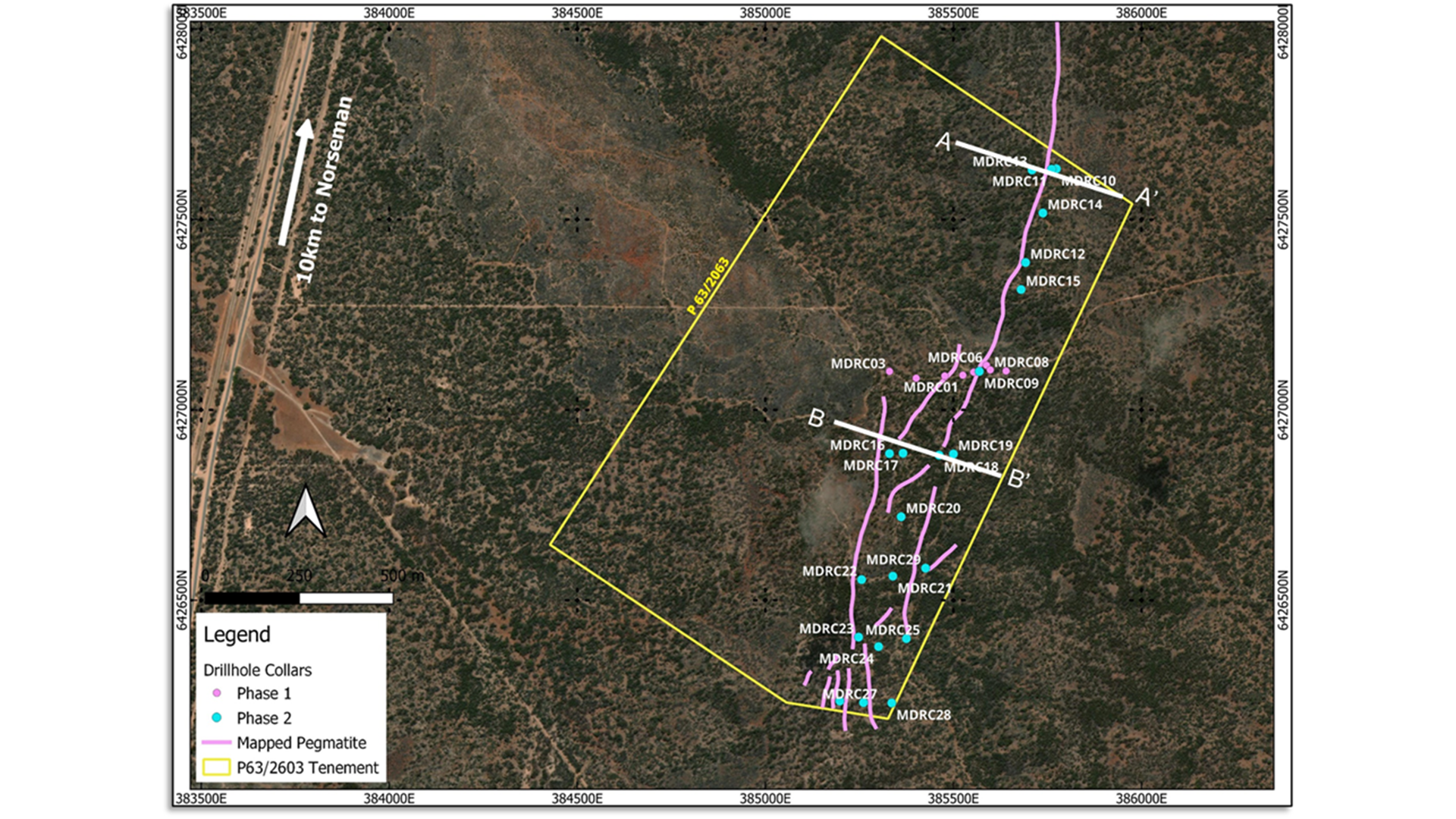

A recent field mapping and sampling programme has identified numerous targets which are elevated in the targeted elements, with elevated REEs but also economic cobalt and very elevated grades of copper, lead, and zinc (Tables 1 and 2).
This programme confirmed REE enrichment across multiple structures, alongside significantly elevated pathfinder values of phosphorus (P), strontium (Sr) and thorium (Th). In addition to REEs, significant base metals were also detected. These elevations, paired with the presence of significant barium and manganese, offer initial encouragement for the potential of Saltwater to host a VMS- or MVT-style mineralisation system. The copper (Cu) and cobalt (Co) in particular show economic mineralisation to be present.
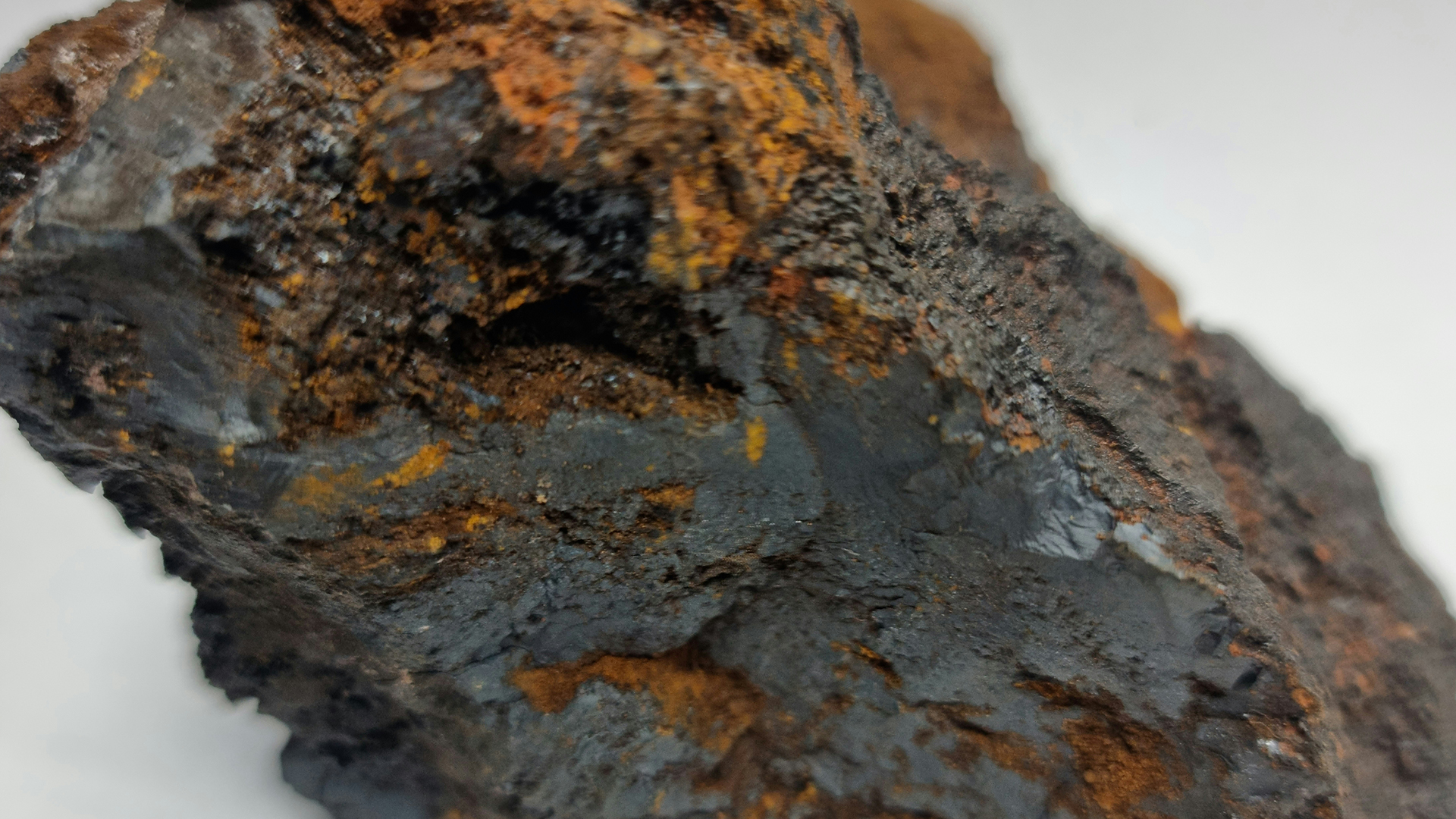
metals.
The mineral exploration model being applied by Aruma for its REE exploration at the Saltwater Project is an unconformity model. The prospective stratigraphy sits below the Bresnahan – Wyloo unconformity, of which the Saltwater Project has approximately 80km of strike (Fig. 6). This model has been used successfully in the exploration for hard rock REE deposits within Western Australia, most notably by Northern Minerals (ASX: NTU) at its Browns Range Project.

structures which are the target for future exploration.
Please note, this article will also appear in the fifteenth edition of our quarterly publication.

